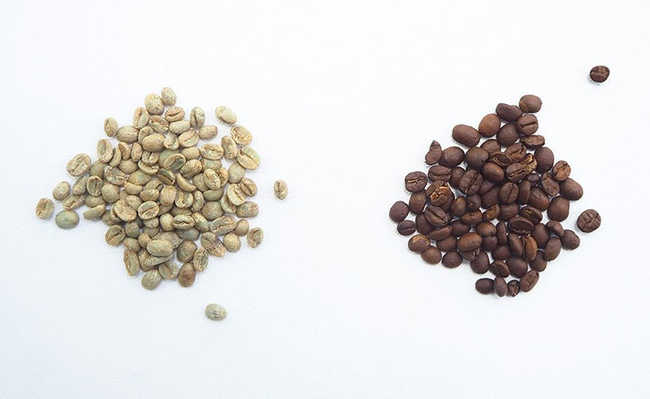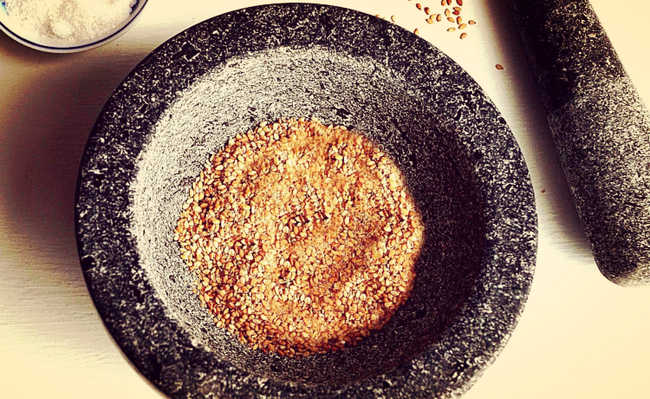What is basal temperature and how to measure it
Measuring basal temperature can help manage pregnancy

Edited and resized image by Ana Juma is available on Unsplash
Basal temperature is the term used to describe the temperature of a woman's body at rest. During the reproductive period (after puberty and before menopause) the temperature of the female body increases slightly when there is ovulation. That's why some women measure their basal temperature to improve their chances of getting pregnant.
- How to get pregnant: 16 natural tips
- Menopause: symptoms, effects and causes
When you're trying to start a family, it's hard to be patient. But getting pregnant can take some time. Keeping track of basal temperature can help to understand one's fertility. You will be able to better predict when you will ovulate. This can help you find out when you have the best chance of getting pregnant.
- What is a fertile period and how to calculate
- What You Need to Know About Natural Childbirth
Measuring basal temperature costs nothing and has no side effects. But some factors such as stress, sleep deprivation, change from day to night, illness, time zone changes, alcohol, and medications can alter the basal temperature. Some women can also ovulate without the basal temperature fluctuating.
- Excessive sleep? know how to sleep well
- What is jet lag and how to prevent it?
How to measure basal temperature

Edited and resized image of Jarosław Kwoczała, is available on Unsplash
The basal temperature tracking process is simple but requires little commitment.
- Every morning, before getting out of bed, take your temperature and write it down. You can use a special thermometer designed for basal temperature or a digital oral thermometer. You can take an oral, vaginal or rectal reading. Just make sure you use the same method every time;
- Take your temperature as close to the same time as possible every day. This could mean that you will need to use an alarm clock. You should try to stay within 30 minutes of your average time, getting at least five hours of sleep before measuring;
- Plot the thermometer number on a graph. You can use a fertility tracking app or track it on graph paper. Over time, a pattern may begin to emerge. Look for a recorded temperature change of about 0.4 degrees over a 48-hour period. When it remains constant for three days or more, it is likely to be an indication of ovulation;
- Plan to have sex on the most fertile days (if you plan to get pregnant). About two days before you wait for the basal temperature to rise, you will be more fertile. Remember that sperm can survive for up to five days inside your body. You should try to have sex on your fertile days;
- Be careful if you are trying to avoid getting pregnant. If you are tracking your basal temperature to avoid pregnancy, do not have sex from the first day of your period until several days after your basal temperature rises.
Will the graphics tell me if I got pregnant?
If your basal body temperature remains for 18 days or more after ovulation, you may be pregnant.
How long should I trace before seeking medical help?
It may take a few months to track your temperature for a pattern to appear. Track basal temperature for three to four months before using the data.
Talk to your doctor or doctor if you have been graphing for a few months, but your cycles are irregular and there is no discernible pattern emerging.
There are thermometer models specially made to measure basal temperature. Some are made with alarm clock, backlight for dark visibility, sensitive measuring range, fever alarm and test completion alarm.










